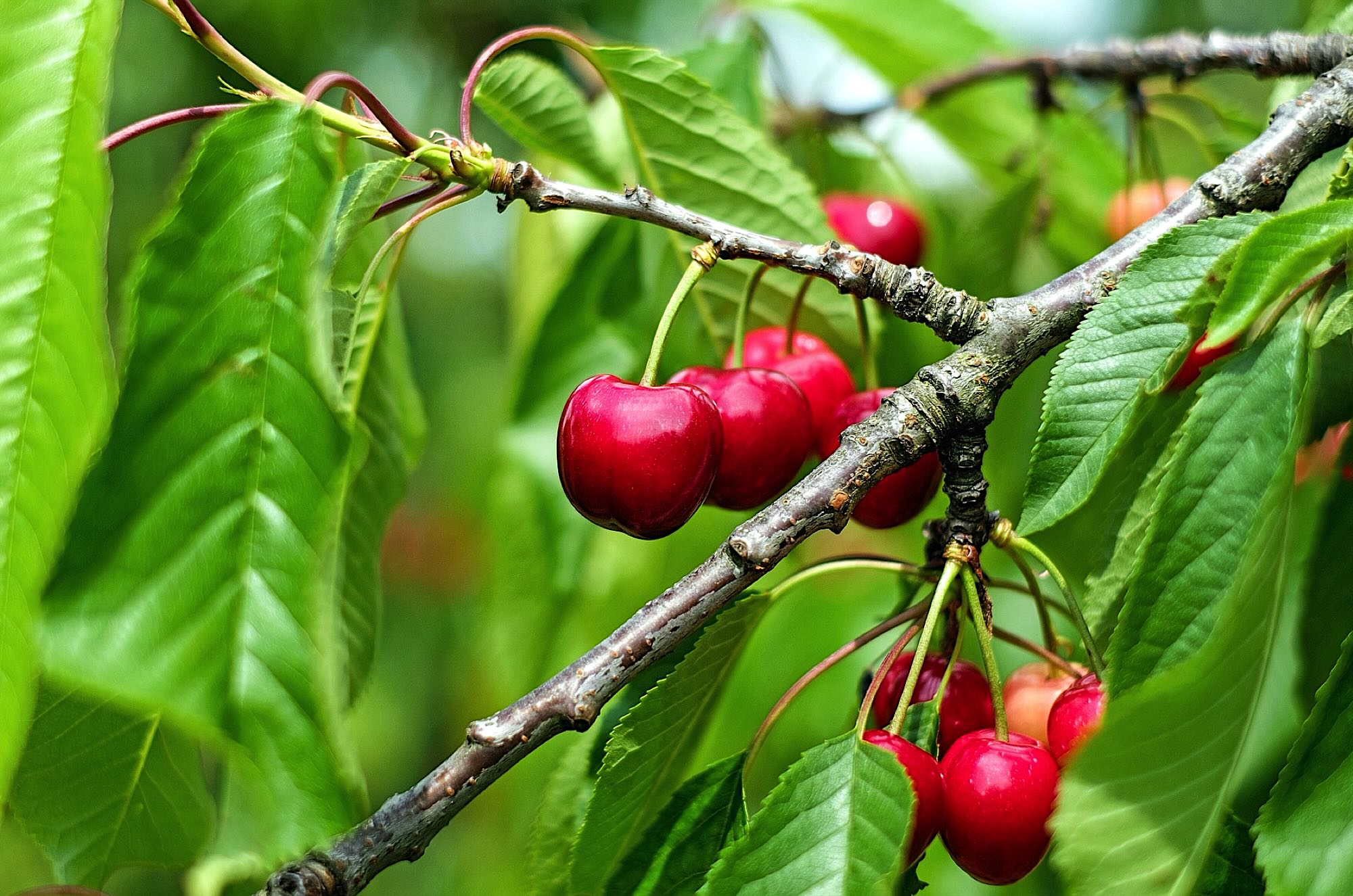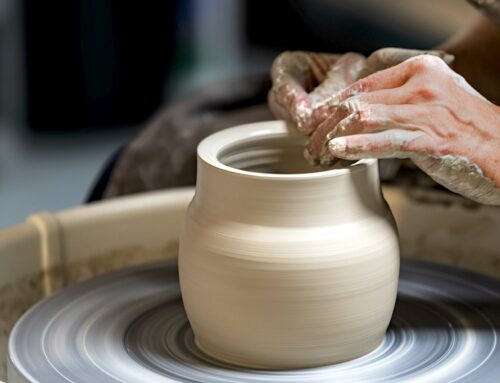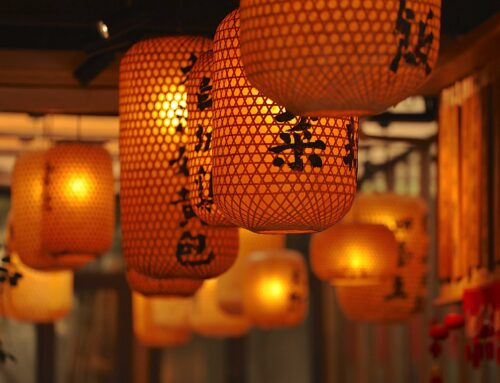Imagine walking through a park with your grandchildren or visiting your childhood home and pointing to a towering pine or blossoming cherry tree, proudly saying, “I planted that.” The idea of a heritage tree—a living, growing legacy—is not only deeply personal but also a meaningful way to contribute to the environment and beautify the spaces we cherish. This April, consider taking on a tree planting challenge to create something that will outlast you, inspire future generations, and add a little green magic to your community.
Why Plant a Tree?
Planting a tree is one of the simplest yet most impactful things you can do for yourself, your community, and the planet. A tree planted in your yard today could grow into the centrepiece of family memories—where kids climb its branches, swing on a tire, or enjoy the shade during summer picnics.
If you don’t have the space at home, consider working with your local government or community organizations to plant in a public area, like a park or schoolyard. Many cities and towns are open to collaborative efforts, and some even have programs that provide guidance or permits for planting on public land. Your investment—often less than the cost of a dinner—results in a tree that can live for decades, benefiting both people and wildlife.
Beyond its emotional resonance, a heritage tree has tangible benefits. It sequesters carbon dioxide, provides shade that can lower energy bills, and supports biodiversity by offering habitat to birds, insects, and other animals. In urban areas, trees reduce heat islands, improve air quality, and even increase property values.
How to Start
A heritage tree can be planted solo or as part of a collective effort. It’s a wonderful project for families, youth groups, or even workplace teams. Working together to plant a tree creates a shared sense of accomplishment and an opportunity to teach children about stewardship and growth in the most hands-on way imaginable.
Start by choosing a location that suits your tree’s long-term needs. If it’s your yard, ensure the tree has enough space to spread its roots and canopy. For public spaces, reach out to city hall or a local community group to identify areas where planting is needed. Some municipalities may even provide saplings or guidance as part of greening initiatives.
Selecting the right tree is just as important. Opt for native species, like a sugar maple, white pine, or birch, that are well-suited to Canada’s diverse climates. These trees are not only more likely to thrive but also contribute to the local ecosystem. Ornamental trees, like flowering cherries or crabapples, add seasonal beauty and are great options for smaller spaces.
Planting a tree is surprisingly straightforward. For a small investment—$50 to $100 for a sapling, plus a shovel and some mulch—you can create something that grows more valuable with time. Did you know that a full-grown tree can add thousands of dollars to your home’s value?
Make It a Tradition
Planting a tree isn’t just an act of environmental care—it’s a way to connect with others. Youth groups or classrooms could work together to plant trees at a local park, each student taking responsibility for nurturing their part of the project. Families can make it an annual tradition, with each member choosing a tree to plant as a gift to future generations.
For those who love a friendly challenge, why not turn this into a group event? Tag your challenge with #plantatree and encourage others to share their tree-planting photos on social media. It’s like creating a digital time capsule to share as the trees grow.
Adding a little flair, like marking your tree with a small plaque or a painted stone, adds a personal touch and a reminder of the legacy you’ve planted. Each time you visit, you’ll be reminded of the day you dug into the earth and created something that will outlive us all.
This spring, let’s plant trees that are more than just part of the scenery—they’re milestones of growth, legacy, and connection. Whether you plant one in your own backyard or join others in greening a public space, the trees we plant today will tell a story tomorrow. Let that story be yours.





